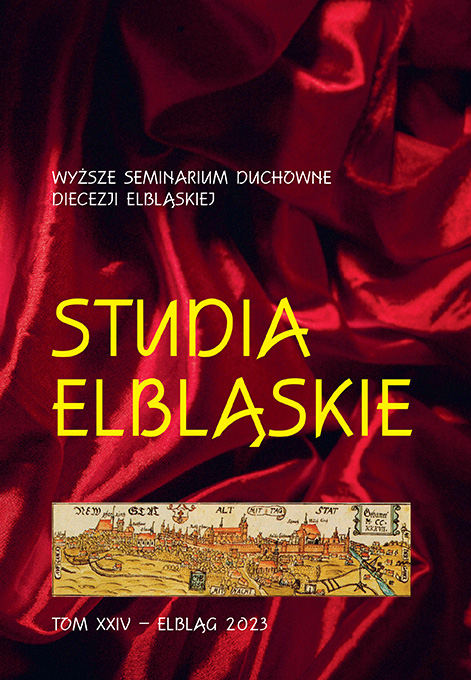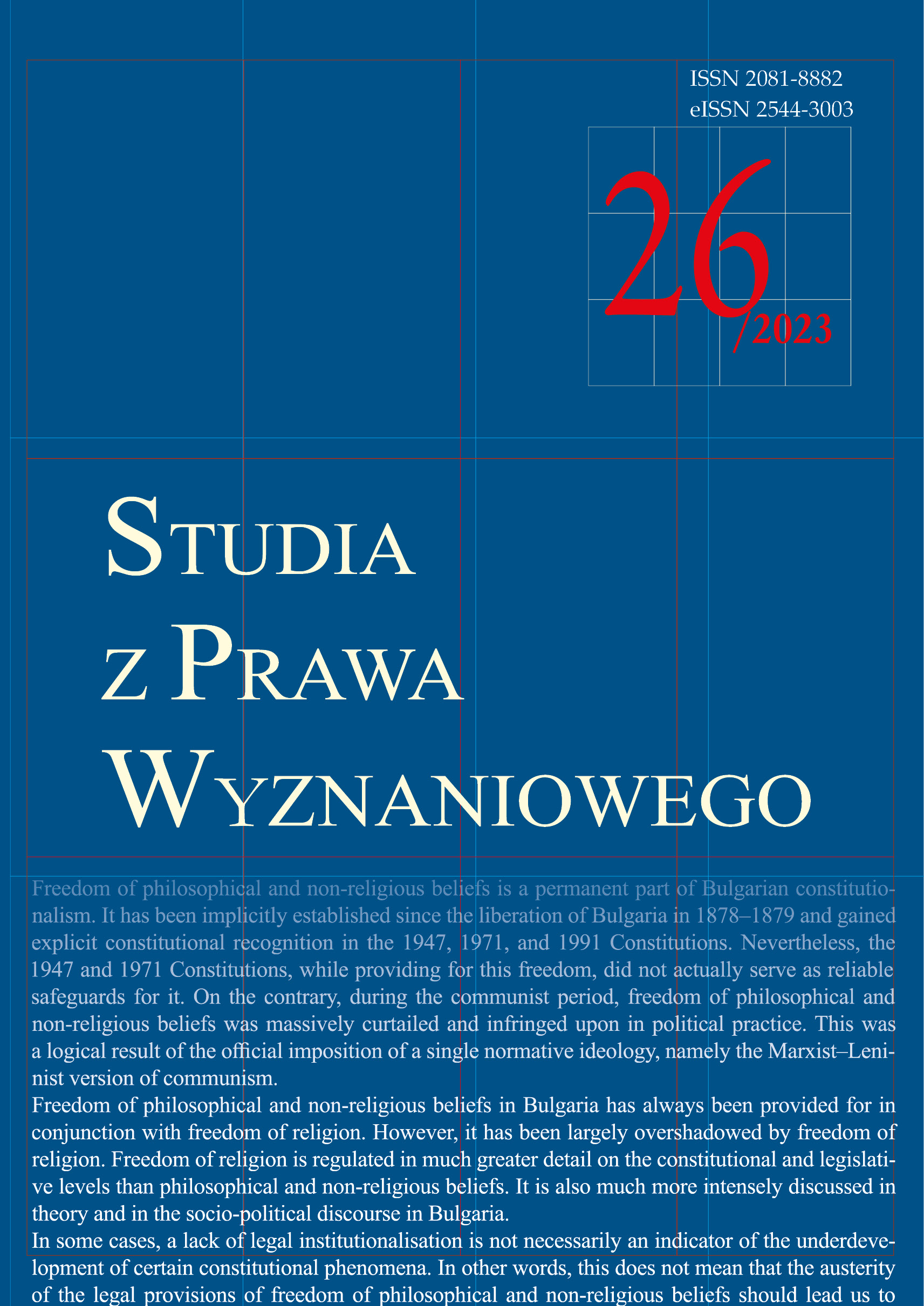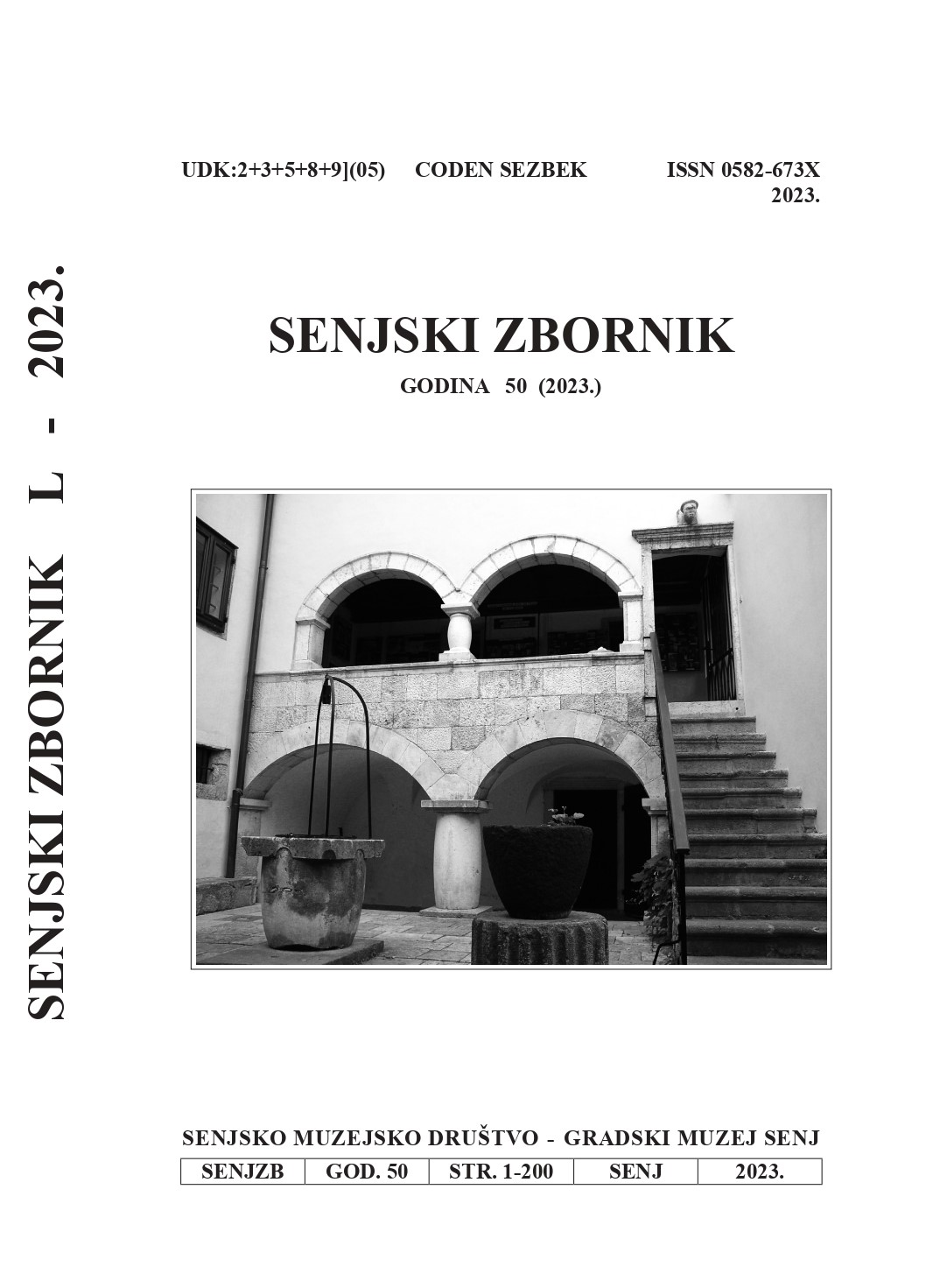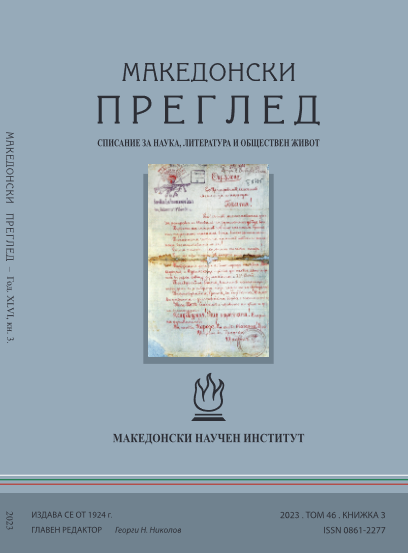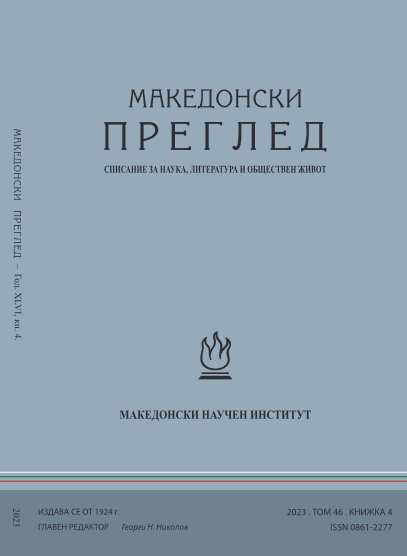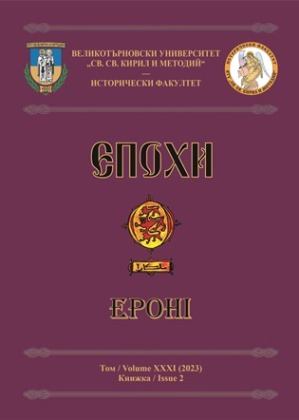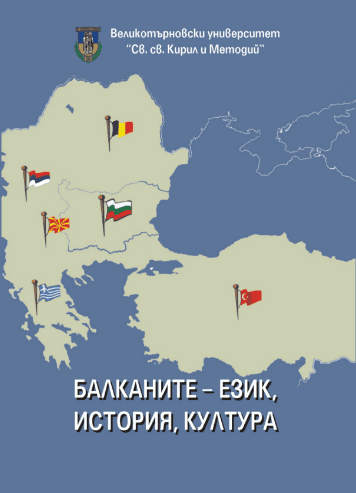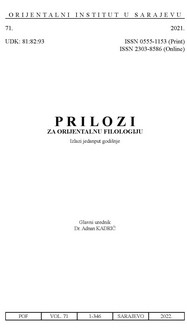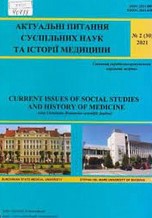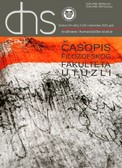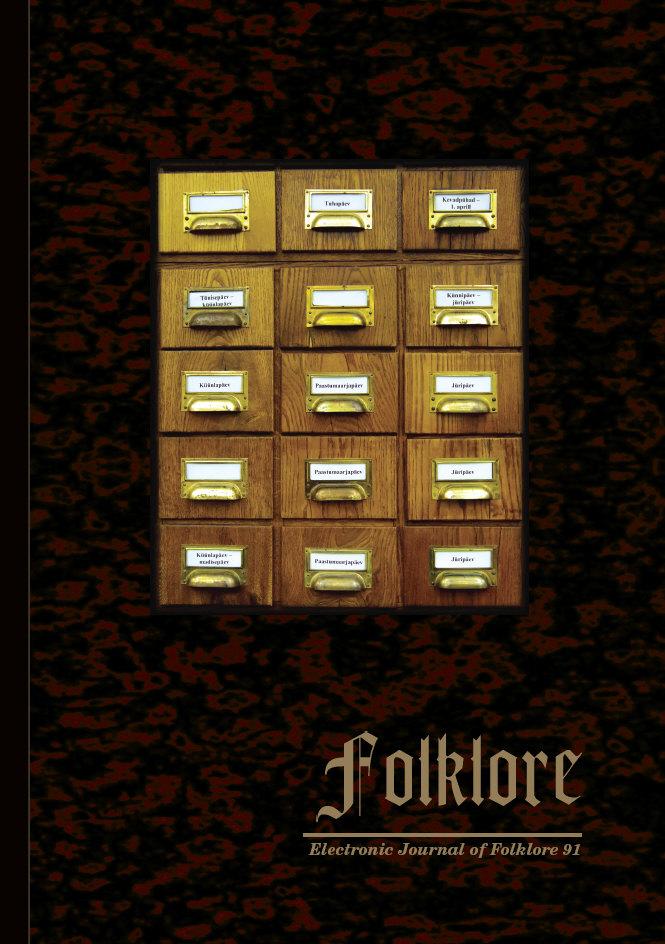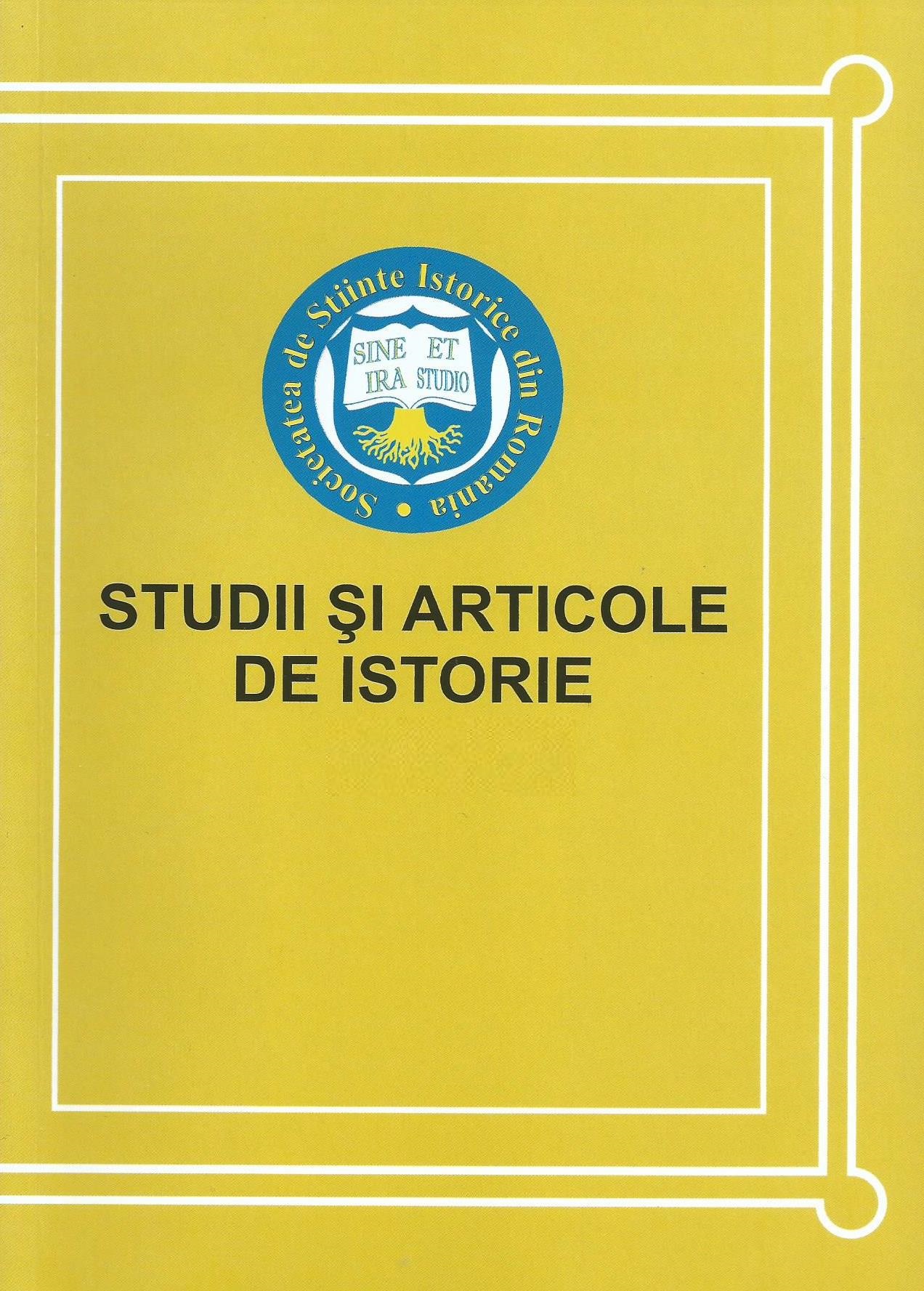
PROFESORUL ŞI STUDENŢII SĂI: NICOLAE IORGA – „PENTRU O UNIVERSITATE VIE”
Nicolae Iorga influenced a whole generation of intellectuals through his work as a teacher. His dimension as a historian was intertwined with that of a teacher, and a man involved in the destiny of the country. He was aware that only an educated generation that knew its past could organically and rigorously build a harmonious and sustainable state. The article aims to bring new documentary contributions regarding the scientist's relations with his younger colleagues, the students, following: his conception of university education; the financial and moral support of various student organizations, the establishment of specialized libraries; the influence of his lectures and conferences, including radio ones, on his students; the involvement in their professional training by granting scholarships abroad, publishing their research results in specialized publications, organizing thematic trips in the country and abroad. The Professor's support was manifested even after the end of the university courses, through recommendations for obtaining positions, financial and moral help during difficult periods in the personal life of his former students. Professor Iorga had the same openness towards foreign students, facilitating their participation in the summer courses of the popular University of Vălenii de Munte or in various excursions during the holidays. The article brings new contributions to the Professor's view on establishing a "living university" that could inspire the destinies of young people.
More...
